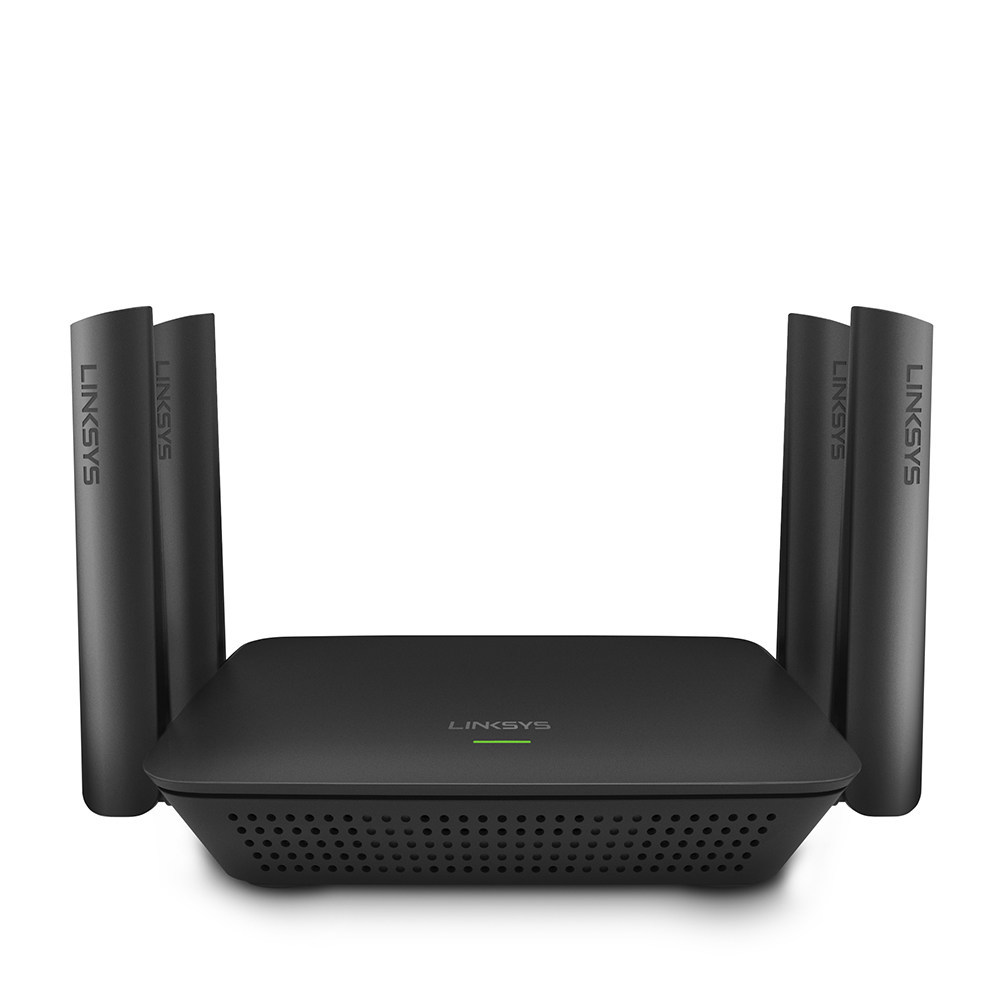How to Improve Communication in Your SWAT Team

Special Weapons and Tactics (SWAT) teams are responsible for executing the most volatile and dangerous tasks for police forces throughout the country, including combatting hostage situations, carrying out high-risk drug busts, and subduing armed and dangerous criminals.
Because of the dangerous nature of SWAT missions, departments require a much higher grade of technology than the typical police force, such as weaponry and equipment.
Of these technologies, one of the most important needs is efficient and reliable communications which allow the team to relay critical information necessary for executing the mission.
The importance of clear and reliable communications cannot be understated in carrying out tactical operations. Because SWAT teams consist of many members with a variety of tasks, officers must relay swift and effective communications to ensure the team is fully aware and focused on the objective at hand.
This blog will discuss how SWAT teams can improve their communication with proper headsets and hearing protection.
- How Communication Can Improve for SWAT Teams
- Recommended Hearing Protection for SWAT Officers
- Accessories Commonly Used in SWAT Operations
How Communication Can Improve for SWAT Teams
For the last few decades, communications technology manufacturers have continuously introduced, and improved devices meant to provide users with listening, hearing protection, and comms capabilities, which has drastically improved operational effectiveness for the military and law enforcement.
These devices include headsets that protect hearing without obstructing situational awareness. As a result, officers can keep tabs on things happening around them and their team, ensuring the operation goes smoothly and they make it home at night.
SWAT officers working on the front lines require maximum mobility to maneuver an ever-changing environment, which requires a compact headset to relieve fatigue on the job. For these positions, it is recommended to choose a small in-ear headset that can fit underneath the helmet and provide audio to both ears.
Another important feature to consider in a headset is noise reduction. The job of a SWAT officer is one of the loudest – from firing a rifle to throwing flashbangs. The maximum noise level recommended for unprotected ears is 85 dB, and SWAT teams regularly experience up to 140 dB of impulse noise. A tactical headset needs to include level-dependent technology which blocks out high impulse noises while allowing the user to hear environmental sounds.
Recommended Hearing Protection for SWAT Officers
One of the most popular choices for SWAT officers is 3M Peltor, a company that has been designing hearing protection technologies for decades to meet the needs of military and law enforcement. They manufacture a variety of headsets for different situations, from behind-the-head earmuffs to tactical earplugs. These headsets include,
- Peltor Swat-Tac III Arc Headset
- Peltor TEP-200 Earplug
Peltor SWAT-TAC III ARC Headset – The SWAT-TAC III is a headset designed specifically for military and tactical law enforcement users, with the inclusion of an ARC (Accessory Rail Connector) to mount onto a helmet. This Peltor tactical headset has a removable adapter cable to fit your specific radio model, 500 hours of use, and a tactical keypad. Furthermore, its electronics will instantly suppress noises over 82 dB to protect your hearing, while amplifying ambient sounds and voices up to 18 dB to provide situational awareness.
Peltor TEP-200 Earplug – A more discreet option for SWAT communications is the 3M Peltor Tactical Earplug. The Peltor ear protector provides a Noise Reduction Rating of 23 dB, however, there are interchangeable ear tips that can protect up to 30 dB. The earplug includes level-dependent technology to allow clear communication in high noise environments, with a microphone port on the earplug which minimizes interference from wind noise.
Accessories Commonly Used in SWAT Operations
Along with the headset, SWAT team members must have the capability to transmit critical information promptly so that the team can understand and navigate rapidly changing developments in their situation.
For example, a sniper team can relay what they see from afar to those executing a hostage mission or drug bust. Depending on the department’s needs, they might choose push-to-talk (PTT) speaker microphones or throat microphones to communicate with one another.
For situations where secure and discreet communications are the top priority, surveillance kits are a go-to tool for teams to be equipped with. These kits allow users to have quiet conversations, which is a great asset when SWAT teams are conducting stealth operations.
Communications are an essential component to any tactical team executing high-risk situations where lives are at stake. SWAT teams frequently enter scenarios where there are unknown threats that require timely information and decisive action, and communication is the medium through which the team can alert each other, stay safe, and most importantly complete their mission.
As we’ve covered, there is a multitude of technologies that help SWAT officers better execute their tasks – headsets and earplugs which shield hazardous noises while amplifying situational awareness, tactical microphones that enable different units to coordinate their actions, and surveillance kits that provide secure comms when discrete communication is critical to operational success.
When preparing to deploy on a SWAT mission next, take your communications arsenal into account and look for ways to improve your capabilities in the field – it just might prove the difference between success and catastrophe.




